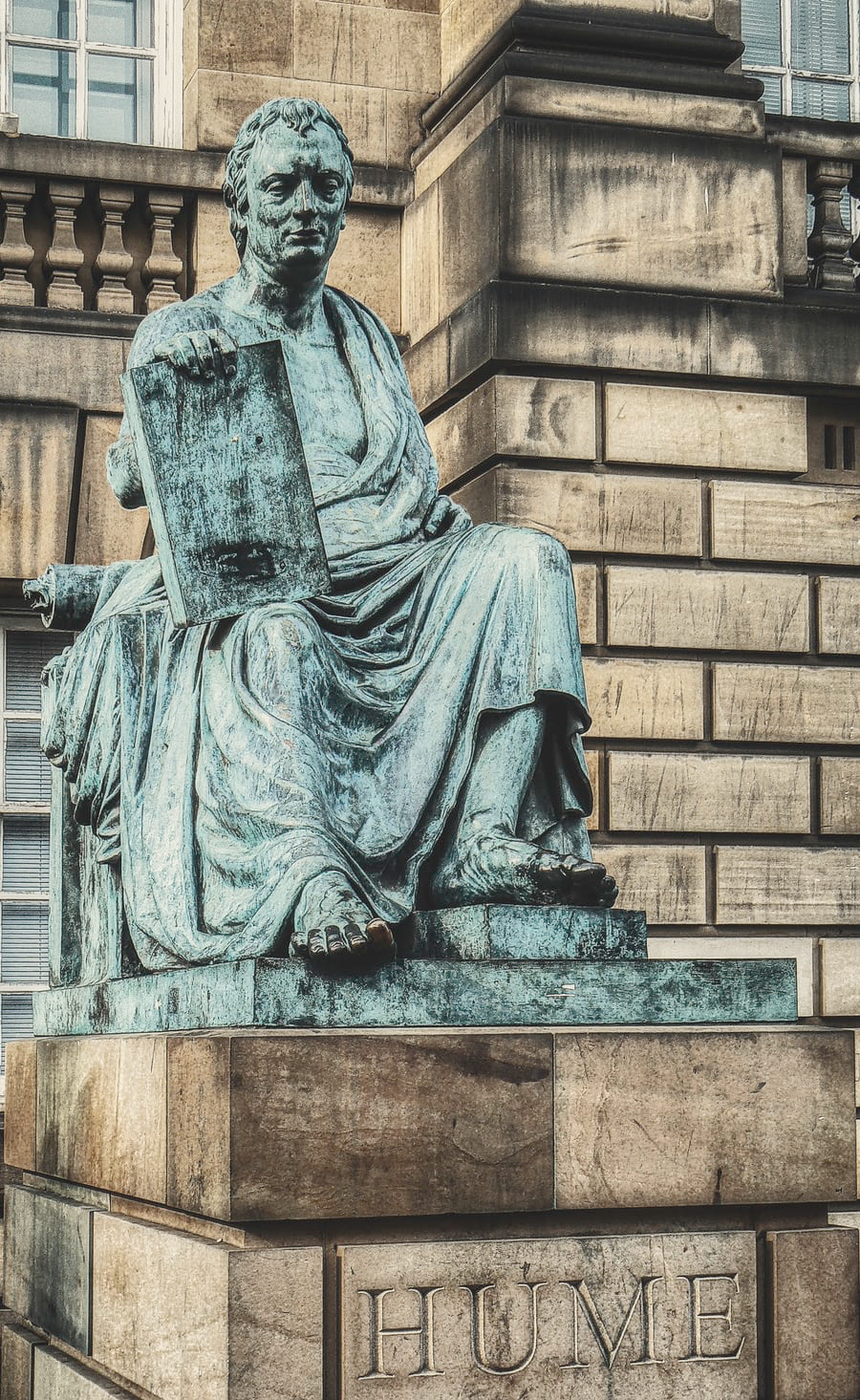An Invitation To Dialogue
To manage and maintain a large functioning civil society, we must have laws and enforce them; unless they are unjust, in which case we must change them. Not enforcing laws because some think they are unjust leads to lawlessness and the breakdown of civil society.
In the mid-19th century, Boulder was settled along the shores of Boulder Creek near our current downtown commercial area. Since then, our city and its core have gone through many economic and political cycles, continually reinventing itself in accordance with the times.
In fact, change has been a fundamental feature of Boulder's history since its founding as a gold mining base camp. In more recent years, the outward migration to the suburbs resulted in the closure of many local schools such as Highland. The important point is that Boulder has always found its way back, riding the cycles and coming back stronger than ever.
Unprecedented challenges remain, despite Boulder's enviable advantages, such as being home to the University of Colorado, base for 34 national labs and many fast growing companies, not to mention the recent ranking by US News & World Report as the most livable city in America. Certain of these challenges are well-known and hardly unique to Boulder, such as the devastating effects of Covid on our retail and restaurant trades.
Other challenges are more local, such as the chronic issues related to our transient and homeless population which threaten our public spaces. Boulder's very attractiveness is potentially its biggest liability, whether one characterizes the phenomenon as killing the goose that lays golden eggs, or a classic example of “The Tragedy of the Commons.”
Either way, most citizens are undoubtedly aware of the homeless and transient phenomenon. Whether they are present by choice or by circumstance, able-bodied or somehow disabled, law abiding or scofflaws, their effect on our city is quite evident: panhandlers at our busy intersections, foragers around restaurant dumpsters, illegal drug transactions and open consumption, and burgeoning bicycle thefts.
Facts are facts, and the sad fact is Boulder's downtown is once again in rapid decline. Some of the consequences of our unmet challenge include tens of commercial vacancies on the Pearl Street Mall, and the proliferation of numerous tents of various sizes along Boulder Creek where transients live, eat, and defecate, dying from violence, drowning or freezing. Coupled with the irony in thinking justice means feeding our transient population at the Justice Center, it becomes obvious we have a problem in need of a solution.
Although we don't have a solution, we believe the definition of the problem is half the solution. This problem has compelled Highland Institute to invite all stakeholders to a dialogue to discuss how to come up with a compassionate and effective solution to a very difficult problem, allowing us to continue to build Boulder’s bright future on the foundation laid in the 1910 study by Fredrick law Olmsted to naturally enhance Boulder Creek for the benefit of our citizens.
You are hereby invited to join and contribute to this important discussion. If interested, let us know in the comment section below, and we will add your name to our list.
— Sina.

